Medical Physics and Biophysics
since 1998
Chairman of the Specialization: Dr. Supriyanto A. Pawiro
The specialization was founded as Physics undergraduate specialty in 1998 on collaboration with Indonesian Nuclear Energy Agency. Establishment as a specialty in Physics master program subsequently followed in 2002. Ever since, we dedicate our resources to empower students with deep knowledge and thorough analysis capability, allowing them to lead in their subsequent scientific or clinical career in Medical Physics or Biophysics. Research and studies in this division are focused on the application of Physics for human well-being and are categorized into Medical Physics and Biophysics.
Medical Physics
According to the International Organization for Medical Physics (IOMP), Medical Physics is a branch of Applied Physics, pursued by medical physicists, that uses physics principles, methods and techniques in practice and research for the prevention, diagnosis and treatment of human diseases with a specific goal of improving human health and well-being. Medical physics may further be classified into a number of sub-fields (specialties), including Radiation Oncology Physics, Medical Imaging Physics, Nuclear Medicine Physics, Medical Health Physics (Radiation Protection in Medicine), Non-ionizing Medical Radiation Physics, and Physiological Measurement. It is also closely linked to neighboring sciences such as Biophysics, Biological Physics, and Health Physics. In our division, our focus within the field are Radiation Oncology Physics, Medical Imaging Physics, and Nuclear Medicine Physics.
Biophysics
The Biophysical Society refers to Biophysics as the field that applies the theories and methods of physics to understand how biological systems work. Biophysics has been critical to understanding the mechanics of how the molecules of life are made, how different parts of a cell move and function, and how complex systems in our bodies—the brain, circulation, immune system, and others— work. Biophysics is a vibrant scientific field where scientists from many fields including math, chemistry, physics, engineering, pharmacology, and materials sciences, use their skills to explore and develop new tools for understanding how biology—all life—works. Staff members in our division concentrates within the subfields of Biomaterial, Biosensors, and Bioenergy.
Member of this Specialization
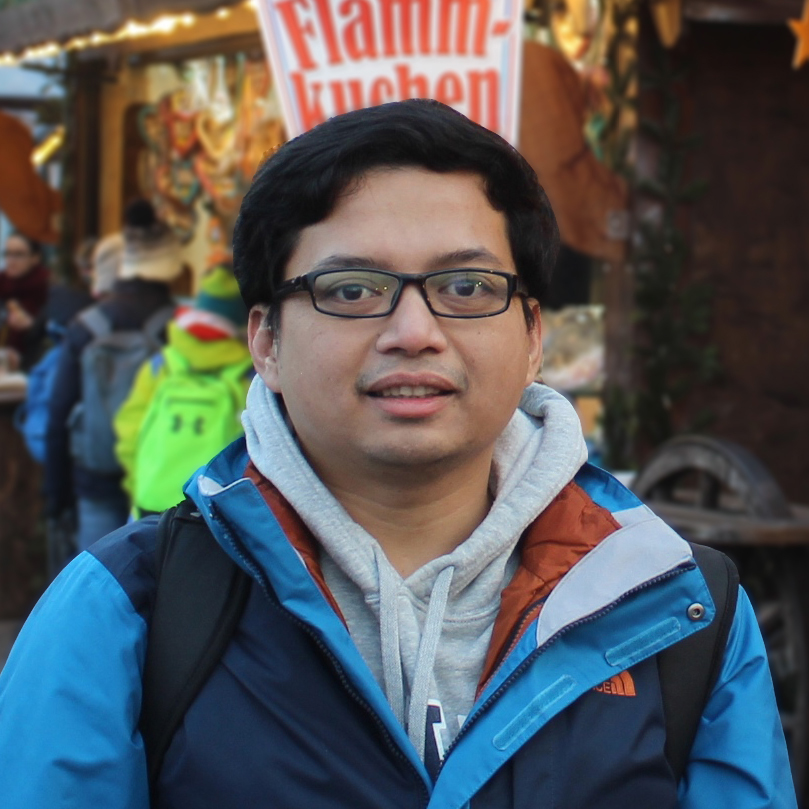
Nuclear Medicine Physics
Dr. sc. hum. Deni Hardiansyah
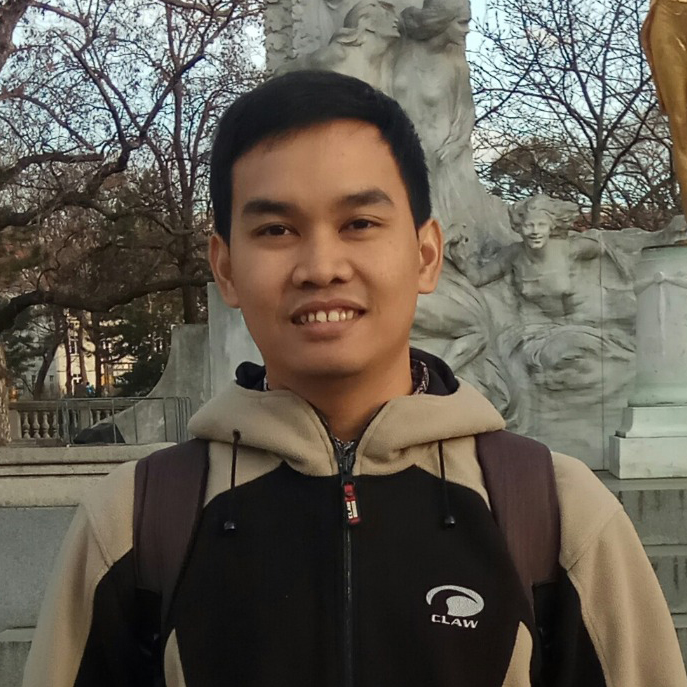
Small-field Radiotherapy
How to join us as a student?
Students in the Department of Physics, Faculty of Mathematics and Natural Sciences, Universitas Indonesia, are entitled to opt for Medical Physics and Biophysics selective courses and work under our staff members’ supervision in finishing their undergraduate, master, or doctorate thesis. For undergraduate students, courses start at the fifth semester after completion of mandatory Physics courses. Master and doctorate students in Physics may opt to work on Medical Physics or Biophysics at the start of their studies. Kindly refer to the rules and restrictions in each program as some cases require individual decisions taken by the program.
Course offer (2016 curricula)
In Physics undergraduate program (as selective courses):
– Introduction to Radiology Physics (2 credits)
– Anatomy and Physiology (2 credits)
– Introduction to Radiotherapy Physics (3 credits)
– Introduction to Biophysics (2 credits)
– Health Physics and Radiation Protection (2 credits)
– Practical Sessions on Health Physics and Counting System (1 credit)
– Introduction to Medical Imaging and Nuclear Medicine (3 credits)
– Introduction to Biomaterial (2 credits)
– Advanced Biophysics (2 credits)
– Introduction to Medical Instrumentation (2 credits)
– Practical Sessions on Radiology Physics (1 credit)
– Field Training (2 credits)
In Physics master program:
– Etc etc
Affiliation and collaborations
We are currently a member of the Indonesian Alliance of Medical Physics Educational Institutions (Aliansi Institusi Pendidikan Fisika Medis Indonesia, AIPFMI) and are actively involved in determining schemes for Medical Physics education and training in Indonesia. Our staff members are members of the Indonesian Association of Physicists in Medicine and American Association of Physicists in Medicine, allowing ease of access to national and international networking as well as scientific literatures. Our counterparts/stakeholders include the Indonesian Nuclear Energy Agency, the Indonesian Nuclear Energy Regulatory Agency, and the Ministry of Health. In research, we are in collaboration with the International Atomic Energy Agency (IAEA) under TC and CRP projects, Heidelberg University for research in Radiation Oncology Physics, and Katholieke Universiteit Leuven for research in Diagnostic and Interventional Radiology Physics. At home, access for research and education is wide-open under formal collaboration schemes with leading healthcare facilities including dr. Cipto Mangunkusumo National Reference Hospital, the National Cancer Center (“Dharmais” Cancer Hospital), Pasar Minggu General Regional Hospital, and Siloam Hospitals Group (MRCCC and TB Simatupang hospitals).
Services
Beside scientific and academic, our group provides professional Medical Physics related services. It operates under Medical Physics and Biophysics Laboratory (Center for Medical Physics and Biophysics Lembaga Sains Terapan FMIPA UI) and covers professional trainings, expertise consultancy, radiation shielding designs for medical facilities, and medical devices testing. Dedicated additional staff members are involved in providing professional services. Click here for detailed information or contact LFMB@sci.ui.ac.id for specific inquiries.
Medical Physics & Biophysics

Chairman of the Specialization: Dr. Supriyanto A. Pawiro
The specialization was founded as Physics undergraduate specialty in 1998 on collaboration with Indonesian Nuclear Energy Agency. Establishment as a specialty in Physics master program subsequently followed in 2002. Ever since, we dedicate our resources to empower students with deep knowledge and thorough analysis capability, allowing them to lead in their subsequent scientific or clinical career in Medical Physics or Biophysics. Research and studies in this division are focused on the application of Physics for human well-being and are categorized into Medical Physics and Biophysics.
Medical Physics
According to the International Organization for Medical Physics (IOMP), Medical Physics is a branch of Applied Physics, pursued by medical physicists, that uses physics principles, methods and techniques in practice and research for the prevention, diagnosis and treatment of human diseases with a specific goal of improving human health and well-being. Medical physics may further be classified into a number of sub-fields (specialties), including Radiation Oncology Physics, Medical Imaging Physics, Nuclear Medicine Physics, Medical Health Physics (Radiation Protection in Medicine), Non-ionizing Medical Radiation Physics, and Physiological Measurement. It is also closely linked to neighboring sciences such as Biophysics, Biological Physics, and Health Physics. In our division, our focus within the field are Radiation Oncology Physics, Medical Imaging Physics, and Nuclear Medicine Physics.
Biophysics
The Biophysical Society refers to Biophysics as the field that applies the theories and methods of physics to understand how biological systems work. Biophysics has been critical to understanding the mechanics of how the molecules of life are made, how different parts of a cell move and function, and how complex systems in our bodies—the brain, circulation, immune system, and others— work. Biophysics is a vibrant scientific field where scientists from many fields including math, chemistry, physics, engineering, pharmacology, and materials sciences, use their skills to explore and develop new tools for understanding how biology—all life—works. Staff members in our division concentrates within the subfields of Biomaterial, Biosensors, and Bioenergy.
Subgroup Radiotherapy


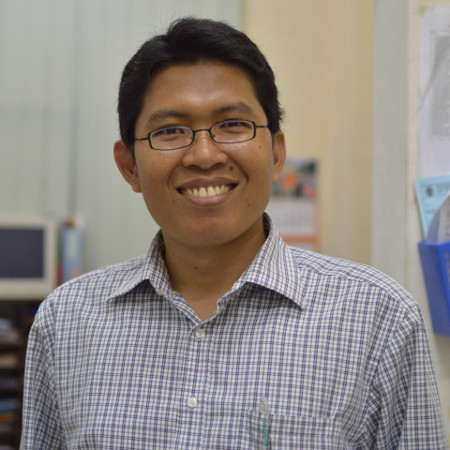
.
.
.
Subgroup Radiology & Diagnostic
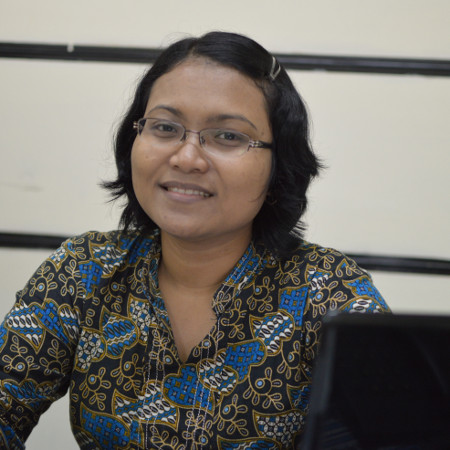

.
.
Subgroup Biophysics

.
Subgroup Nuclear Medicine

.




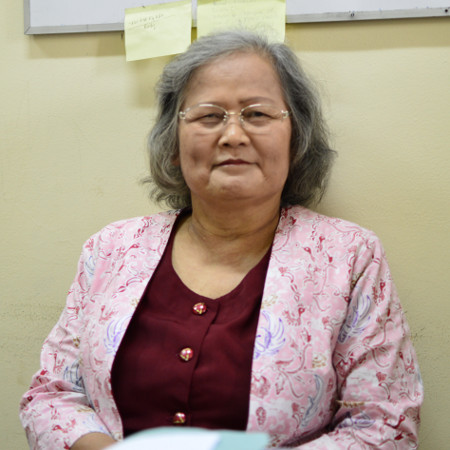


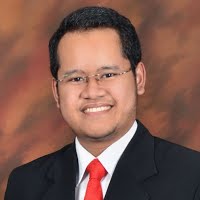
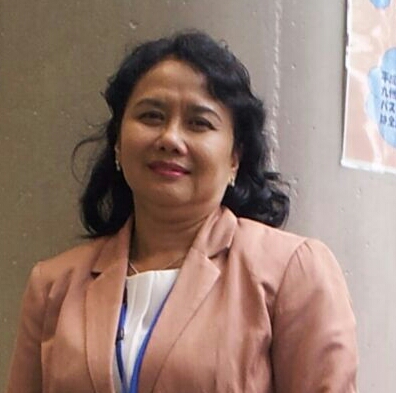





 English
English Indonesia
Indonesia